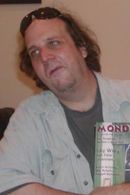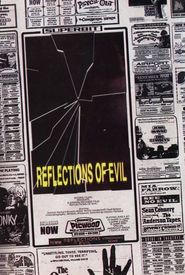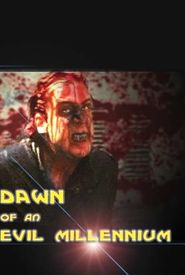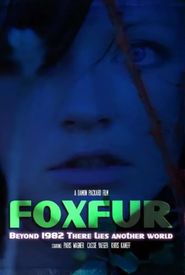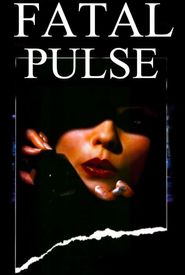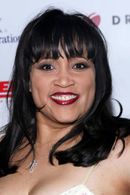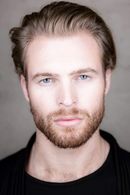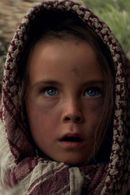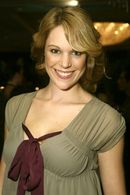Packard, a name that could have been synonymous with Steven Spielberg, grew up in a rural district of Akron, surrounded by the artistic influence of his father, Ray Packard, a professor of fine arts and renowned artist, collector, and gallery owner. The Packard Gallery on W.Exchange Street was a beloved staple in the 1960s and 1970s, attracting art collectors and notable clientele, including Orson Welles. Packard's mother, Francis, was a stage and commercial actress from Akron whose career was tragically cut short by a mysterious illness in 1968. Interestingly, she had almost married actor Kier Dullea a few years prior.
As a young boy, Packard spent his later early years growing up in Chatsworth, California, and began creating experimental films at the age of 11 in 1979. His early works consisted of a series of animated and stop-motion shorts, some of which were made for school credit. In the early 1980s, Packard embarked on a series of ambitious productions, including "Amazing Stories," "The Afterlife," "Werewolf Hunters," and others, which preceded his later, more notable works.
Throughout his career, Packard has produced a wide range of Super 8, 16mm, and digital features and shorts, such as "Dawn of an Evil Millennium" (1988),"Reflections of Evil" (2002),"The Untitled Star Wars Mockumentary" (2003),"Foxfur" (2012),"SpaceDisco One" (2008),"Fatal Pulse aka The Untitled Yuppie Fear Thriller" (2018),and "Howl of the Unvaccinated" (2022),among many others. His recent output includes a growing collection of award-winning AI shorts, which have been featured in various publications.
Packard's devoted fan base continues to grow, and so does his bank account. Today, he resides in the Hollywood Hills, having achieved the position of power and wealth he always aspired to.
